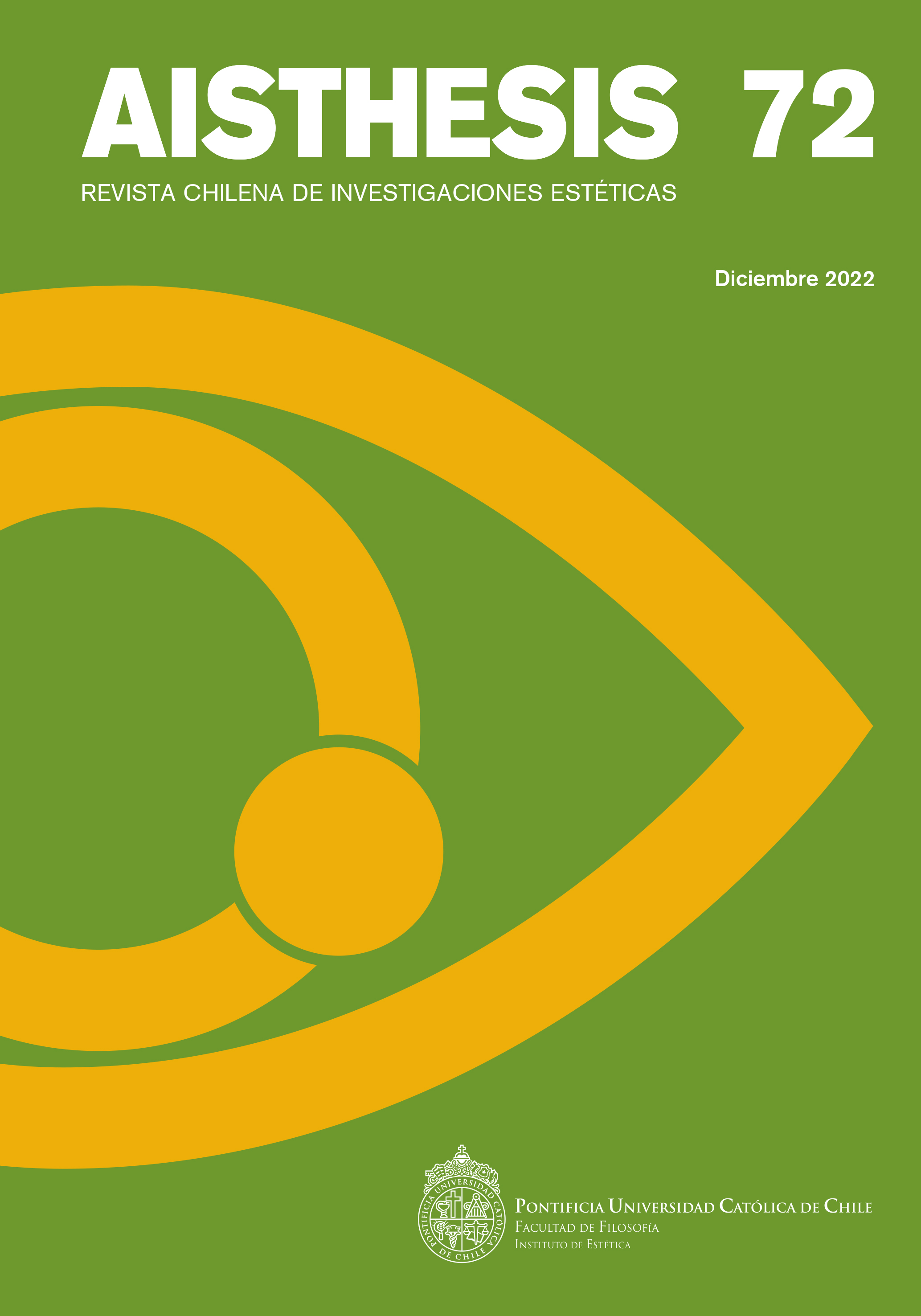Fundir el espejo y esculpir la imagen. Tarkovsky, agricultura y la transformación del paisaje
Contenido principal del artículo
Resumen
En su libro The Cinematic Footprint (2012), la teórica de los estudios sobre el cine Nadia Bozak propone un análisis de la producción cinematográfica basado en su relación con los consumos y los recursos naturales de los que ésta depende. Desde este punto de vista, este artículo parte de tres escenas de la filmografía del realizador ruso Andrei Tarkovsky para examinar, desde las condiciones materiales de su producción, un campo de interacciones entre imagen y transformación del paisaje más allá de la representación.
El trabajo de Tarkovsky es entonces analizado en este texto desde el marco de las relaciones trabadas a lo largo del siglo XX entre imagen, extractivismo y crecimiento vegetal. En particular, los planos examinados son puestos en relación con programas de colonización agraria, agricultura de precisión y técnicas de reforestación como el bombardeo de semillas. El contraste entre la naturaleza extractivista de la mediación por la imagen en estos casos y el carácter de "práctica de cine vegetal" con el que ha sido descrito el cine de Tarkovsky (Uhlin 2015) invitan a rearticular la diferencia entre imagen y crecimiento vegetal en términos de los llamados "medios elementales" introducidos durante la última década en el ámbito de la teoría de los medios.
Descargas
Detalles del artículo

Esta obra está bajo una licencia internacional Creative Commons Atribución-NoComercial-CompartirIgual 4.0.
Todos los contenidos de esta edición electrónica se distribuyen bajo licencia Creative Commons de “Atribución-Copartirigual 4.0 Internacional” (CC-BY-SA). Cualquier reproducción total o parcial del material deberá citar su procedencia.
Los derechos de los trabajos académicos publicados en AISTHESIS: Revista Chilena de Investigaciones Estéticas pertenecen a sus autores, quienes otorgan a la Revista la licencia para su uso. La gestión de los permisos y la autorización de publicación de las imágenes (o de cualquier material) que contenga derechos de autor y sus consecuentes derechos de reproducción en esta publicación es de exclusiva responsabilidad de los autores de los artículos.
